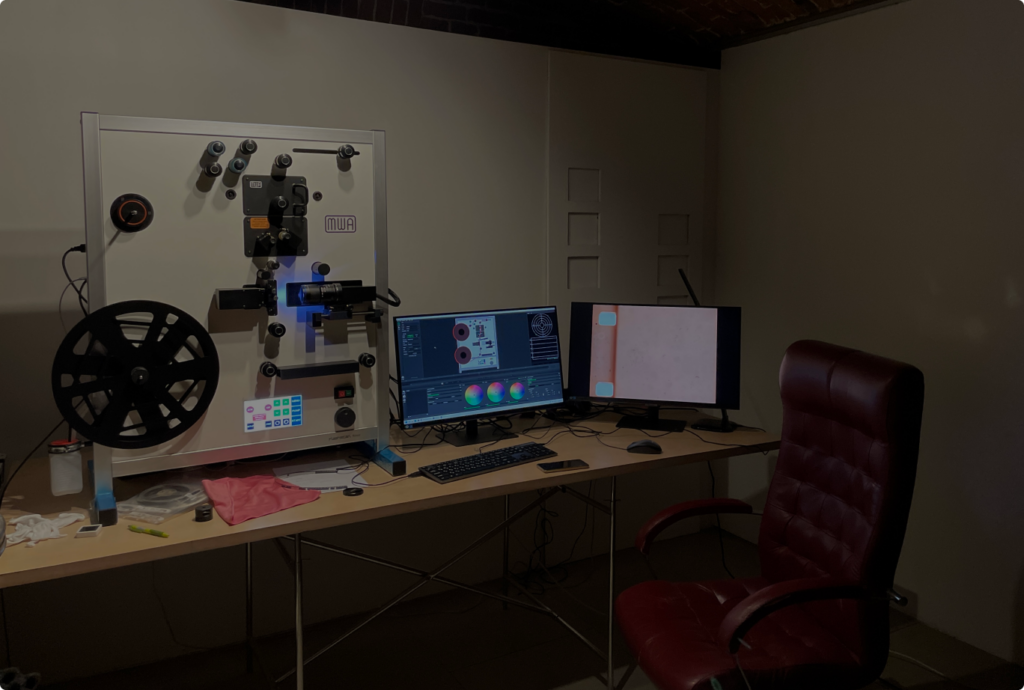
SUPPORT OUR ACTIVITIES
GOAL OF THE FOUNDATION
THE MAIN GOAL OF THE FOUNDATION IS TO CREATE A DIGITAL ARCHIVE TO FIND, COPY, DIGITIZE, CATALOG, AND MAKE AVAILABLE TO RESEARCHERS A HUGE UNIQUE TREASURE — THE JADE OF UKRAINIAN CULTURE: THE LIFE AND WORK OF SOFYA YABLONSKA. THIS ARCHIVE WILL HAVE THE FORM OF AN ELECTRONIC DATABASE WITH PRIVATE ACCESS.
To support the activities of the organization, you can make a charitable contribution to our account.
WE HAVE HUGE AMBITIONS, AS DOES THE FIGURE OF SOFIA YABLONSKA.
Research Initiatives
Initially, we are researching the artist’s family history and documents to compile a comprehensive and accurate biography. We are also exploring the biographies of Sofia’s family members and other cultural figures connected to her.
We maintain connections with various archives, both public and private, from which we order materials related to the Yablonsky family.
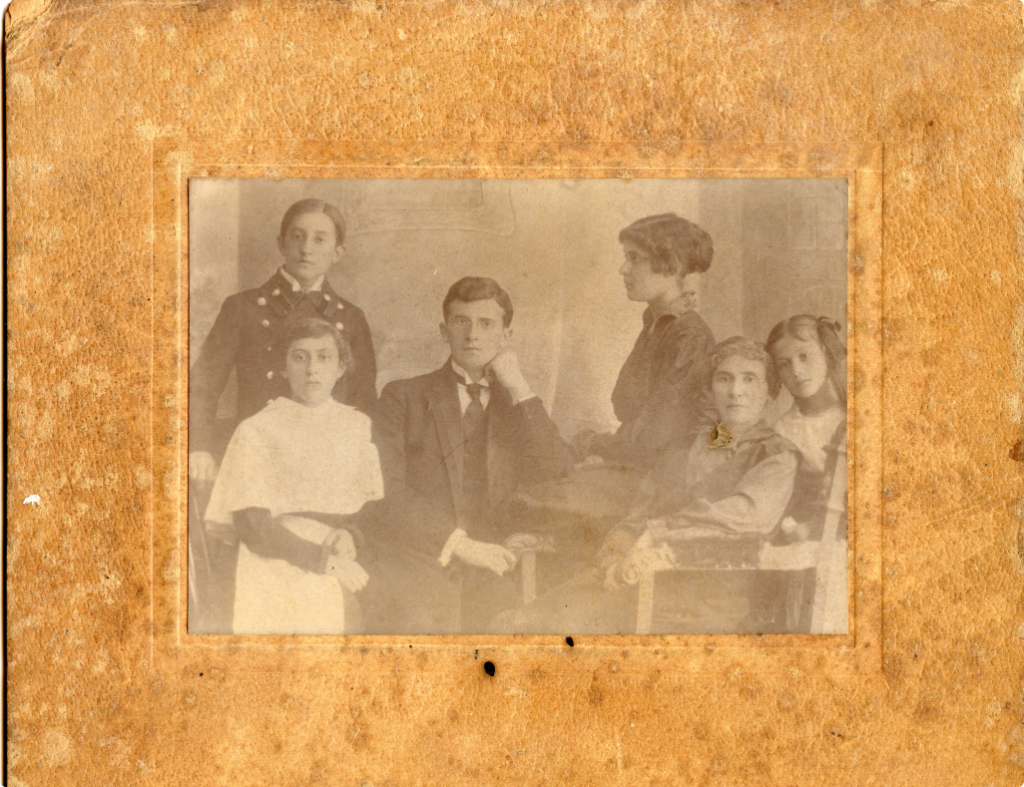
The Yablonsky family: Olha, Yaroslav, Myroslav, Mariyka, Modesta, and Sofia. The exact date is unknown.
Cultural Heritage Challenges
Given the challenging history of the Ukrainian people, the nation’s cultural heritage remains disorganized in archives and is scattered across the globe. Many artists have emigrated, and some have seen their homes occupied, as was the case with Sofia Yablonska’s friend, Stepan Levinsky.
When the communists took over his home in Lviv, they displayed his archive in the street. Remarkably, over 50 years later, we discovered a postcard that Sofia had sent to Stepan from Barcelona at a nearby market.
After Stepan Levinsky’s death, Sofia Yablonska took care of his legacy and grave. We believe it is our responsibility to handle Stepan’s texts, preserved in Sofia’s archive, with the utmost respect.
This is just one example of the creative friendships documented here, with many similar stories existing in Sofia Yablonska’s archive. We aim to share these important narratives.

Postcard from Sofia Yablonska to Stepan Lewinsky. Text on the back: To Stepan Levinsky (Lviv, 58 Pototskoho) September 12, 1933, from Barcelona.
Activities Overview
Given the challenging history of the Ukrainian people, the nation’s cultural heritage remains disorganized in archives and is scattered across the globe. Many artists have emigrated, and some have seen their homes occupied, as was the case with Sofia Yablonska’s friend, Stepan Levinsky.
When the communists took over his home in Lviv, they displayed his archive in the street. Remarkably, over 50 years later, we discovered a postcard that Sofia had sent to Stepan from Barcelona at a nearby market.
After Stepan Levinsky’s death, Sofia Yablonska took care of his legacy and grave. We believe it is our responsibility to handle Stepan’s texts, preserved in Sofia’s archive, with the utmost respect.
This is just one example of the creative friendships documented here, with many similar stories existing in Sofia Yablonska’s archive. We aim to share these important narratives.
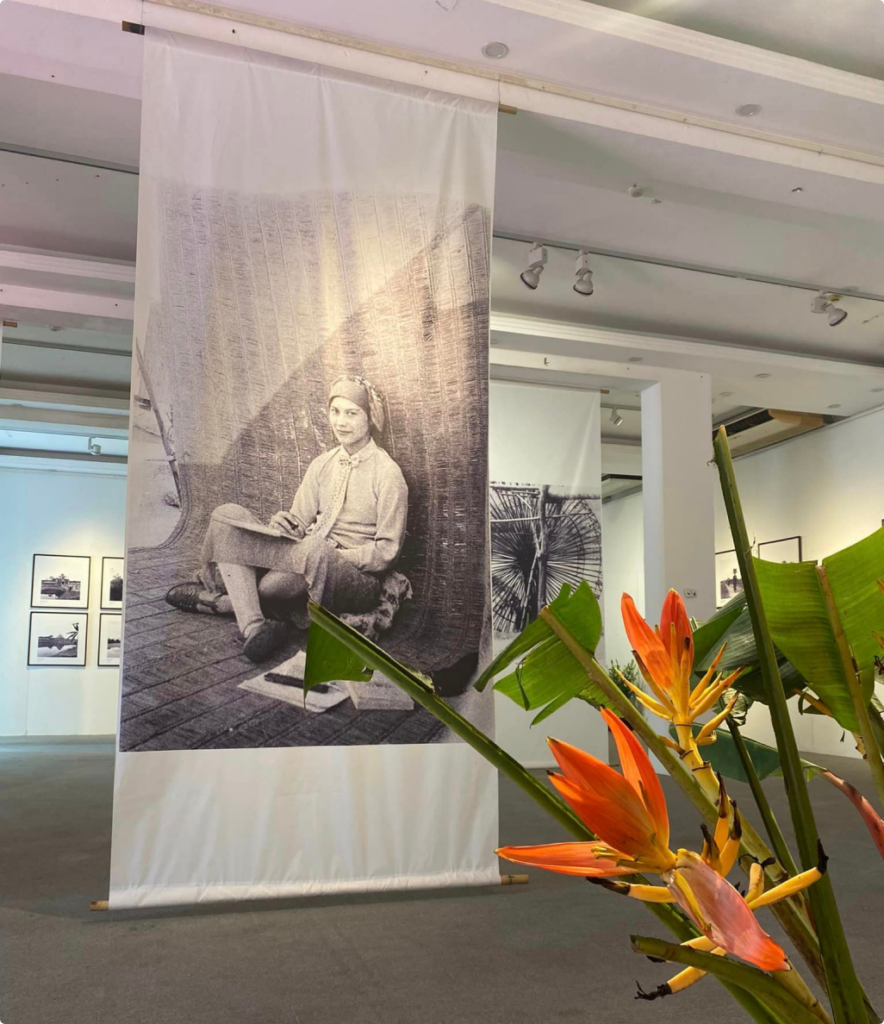
The Yablonsky family: Olha, Yaroslav, Myroslav, Mariyka, Modesta, and Sofia. The exact date is unknown.
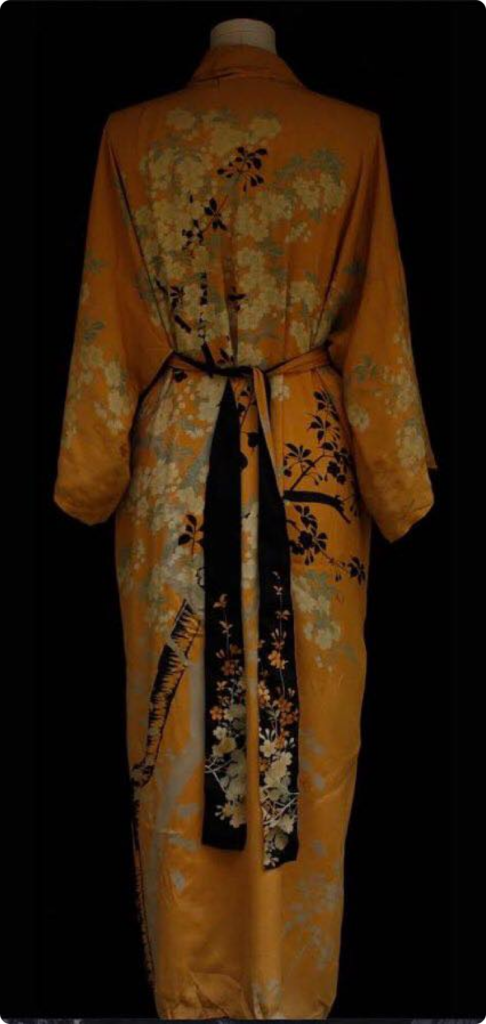
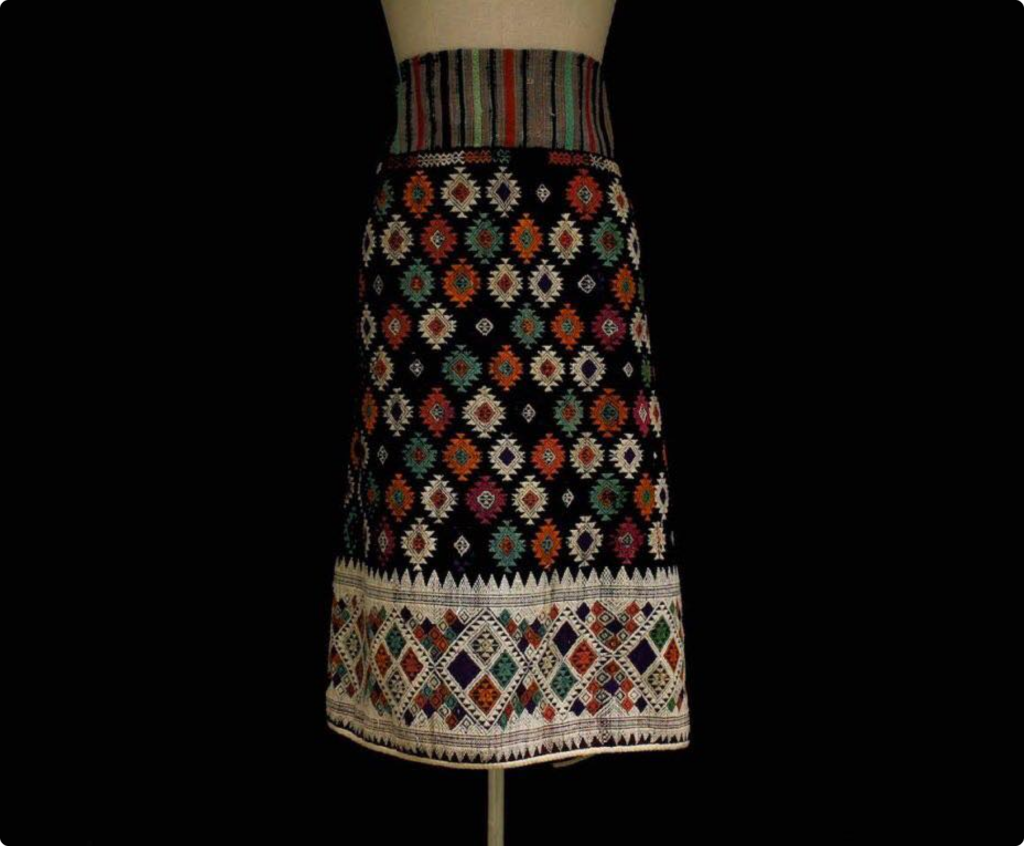
The Yablonsky family: Olha, Yaroslav, Myroslav, Mariyka, Modesta, and Sofia. The exact date is unknown.
Dreams and Aspirations
We have several aspirations, including acquiring portraits of Sofia painted during her time in Paris from private collections. We are also in the process of collecting her personal items and books from the 1930s, which are increasingly rare.
In one of her notes, Sofia expresses a botanical dream — a desire to protect plants. Perhaps one day we will have the opportunity to fulfill this wish. Additionally, we are working on a French edition of her works to reach a wider audience and honor her legacy.
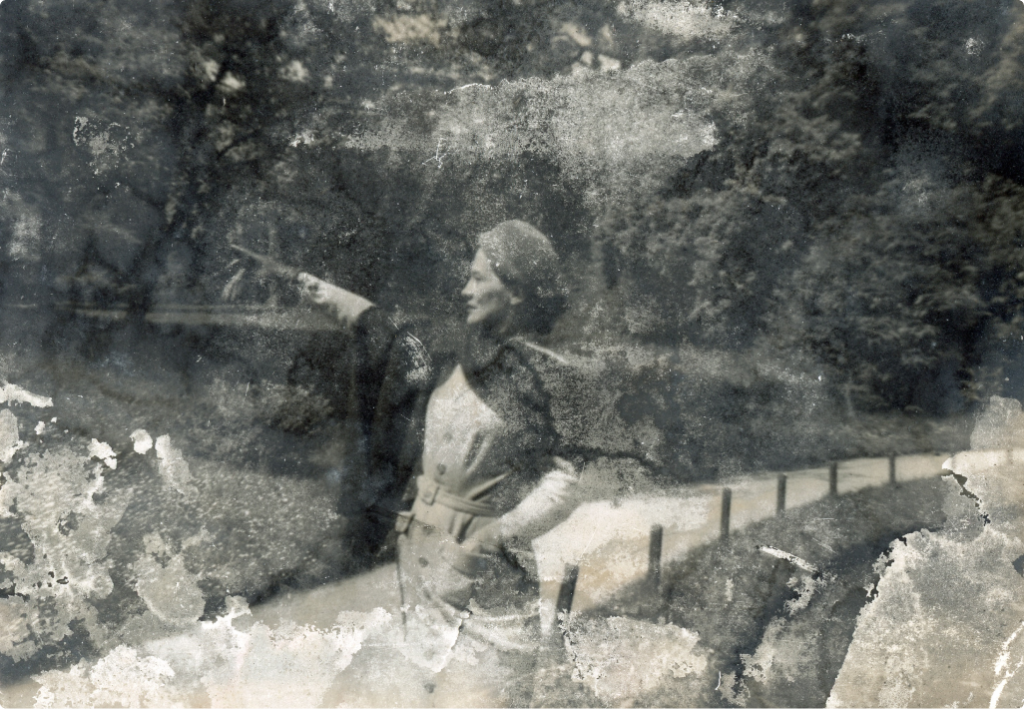
The Yablonsky family: Olha, Yaroslav, Myroslav, Mariyka, Modesta, and Sofia. The exact date is unknown.
Collaborations
We collaborate with various institutions, including the Center for Urban History, which assists us in restoring films by removing damage and fungus, as well as securely archiving copies. We also require support for the safe transportation of materials, original texts, and personal belongings to the restoration site.
